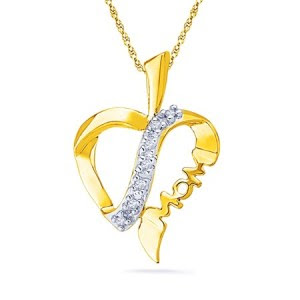Italy’s Avant-Garde Art Jewelry on Display
PISTOIA, Italy — Postwar Italy, with a thriving art scene and its tradition of artisanship still robust, produced several of the late 20th century’s most influential jewelry artists. Now, a new exhibition has brought together the work of three of that era’s best-known avant-garde creators: Mario Pinton, Francesco Pavan and Giampaolo Babetto.
“These
are the jewels that open the way for contemporary jewelry,” the
exhibition’s curator, Marco Bazzini, said. He was standing in the
galleries of the Marino Marini Foundation in the Tuscan town of Pistoia,
northwest of Florence, where the show, “Rigor and Freedom,” is on view
until March 24.
A total of 150 pieces
by the three men are on display, along with a small introductory
selection of jewels and miniatures by Mr. Marini, one of Italy’s great
sculptors of the 20th century. A Modernist, Mr. Marini taught sculpture
to Mr. Pinton, who translated his groundbreaking ideas to jewelry. Mr.
Pinton went on to teach at the Pietro Selvatico industrial arts
institution in the northern Italian town of Padua, where he introduced
his craft and theory to Mr. Pavan and, later, Mr. Babetto.
“I see these jewels as contemporary artworks in every sense,” said Mr.
Bazzini, the former art director of the Pecci Museum in Prato, Italy.
With works united by geometric shapes and technical skill, the
chronological exhibition demonstrates how, as goldsmiths, the men took
on the burgeoning art movements of the times — arte informale, kinetic
and optical art — before establishing a contemporary jewelry style that
was as experimental with forms as it was with techniques.
Their jewelry was often grand in scale, a
profusion of gold worked to the finest gauge possible, creating great
volumes in hollow forms and surprisingly light weights. A prime example,
the slinky necklace of gold hoops by Mr. Pavan stretches to more than 6
feet 6 inches; doubled, it still fills the length of a display case yet
its links of razor-thin sheet metal are practically weightless. It is
also intricately jointed to articulate neatly in four directions, so the
necklace will follow the wearer’s body.
In
the men’s work, gold “is no longer linked to preciousness, but to the
technical malleability and elasticity that first made it precious to
goldsmiths,” Mr. Bazzini said. Gemstones were nearly eliminated in their
designs, replaced with progressively more experimental touches of
color: black niello, a mix of metals; ebony; resin; plexiglass; pigment;
even broken glass.
Mr. Pinton died in 2008, but Mr. Pavan and Mr. Babetto continue to
create their sharp-angled architectural constructions, and to teach —
now in Florence — their unorthodox vision to a new generation of jewelry
artists.





Comments